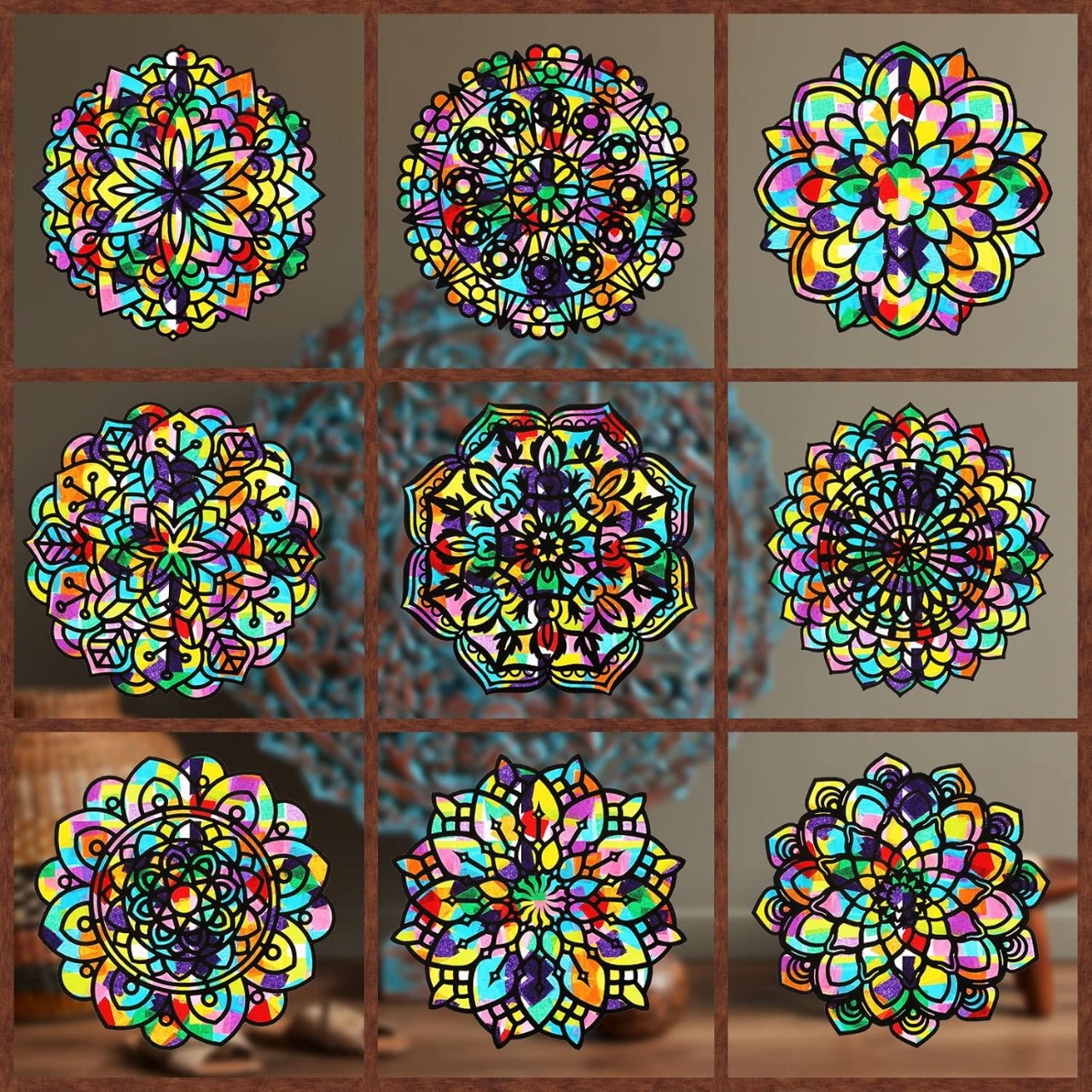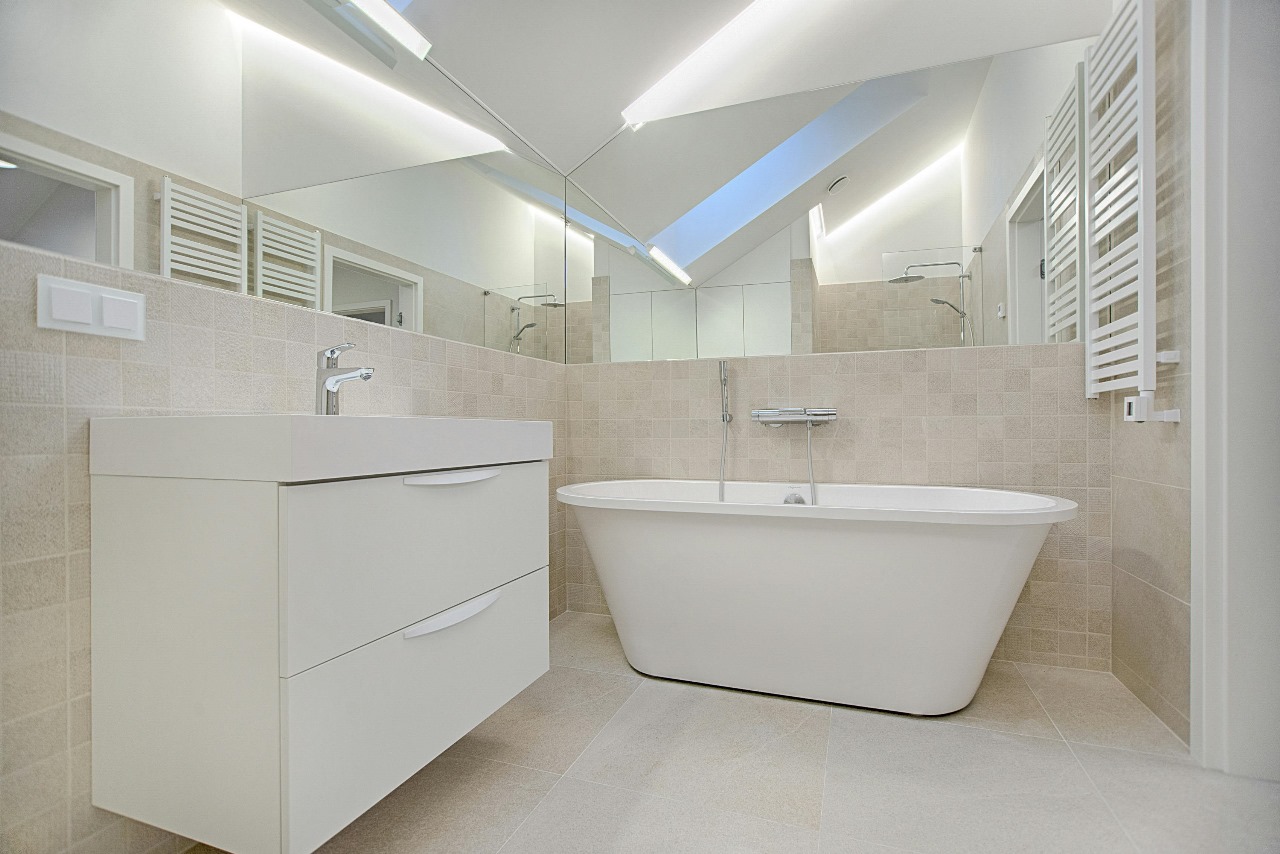Early Renaissance stained glass holds a special place in art history. Combining medieval craftsmanship with the emerging realism and perspective of the Renaissance, these works are both visually stunning and culturally significant. If you own such a piece, finding the right Stained glass buyer is essential to ensure it is valued accurately and preserved for future generations.
Understanding Early Renaissance Stained Glass
The Early Renaissance period (14th to early 16th century) introduced new artistic techniques, including more naturalistic figures, improved glass painting methods, and richer color palettes. A qualified stained glass buyer will recognize these features and understand their role in determining the piece’s value.
Why These Pieces Are Unique
Unlike purely medieval works, Early Renaissance stained glass often features balanced compositions, architectural details, and a more humanized portrayal of biblical and historical figures. These characteristics require a stained glass buyer with an eye for both historical context and artistic innovation.
Qualities to Look for in a Stained Glass Buyer
Specialized Knowledge of the Renaissance Era
A professional stained glass buyer should understand how this period differs from earlier and later styles. This expertise ensures an accurate appraisal and proper market placement.
Proven Track Record with Museum-Quality Art
The best stained glass buyer will have experience placing similar works in museums, galleries, or prestigious private collections.
Commitment to Preservation
Handling Early Renaissance stained glass requires extreme care. A reputable stained glass buyer will work with conservators to ensure the piece remains intact during evaluation and transport.
The Appraisal Process for Early Renaissance Stained Glass
A qualified stained glass buyer will follow a structured process to determine the artwork’s worth.
Detailed Visual Examination
This includes inspecting the glass texture, painting style, lead lines, and any restoration work.
Provenance Verification
The stained glass buyer will research the piece’s documented history, including past owners, original location, and any exhibition records.
Market Analysis
By comparing recent sales and current collector demand, a stained glass buyer can offer a fair and competitive price.
Where a Stained Glass Buyer Finds the Right Audience
An experienced stained glass buyer doesn’t just assess the piece—they also know where it will be most appreciated.
- Museums and Institutions – Perfect for historically significant works.
- Private Collectors – Ideal for unique, high-value panels.
- Religious Organizations – Particularly for works originally made for churches or chapels.
Benefits of Working with the Right Stained Glass Buyer
- Accurate Valuation – Recognizing artistic and historical nuances.
- Access to Exclusive Markets – Reaching serious buyers who appreciate the period.
- Ethical Transactions – Ensuring the piece is handled and sold with respect for its heritage.
Mistakes to Avoid When Selling Early Renaissance Stained Glass
- Choosing a general antique dealer without period expertise.
- Accepting an offer without understanding current market trends.
- Neglecting to confirm the stained glass buyer’s credentials.
Conclusion
Selling Early Renaissance stained glass is not just a transaction—it’s a stewardship of history. Choosing the right stained glass buyer ensures that your piece is evaluated fairly, handled with care, and placed in a setting where its beauty and significance will be appreciated for generations. By focusing on expertise, transparency, and market reach, you can find a stained glass buyer who will honor the artistry of the Renaissance while offering you a fair return.









Leave a Reply